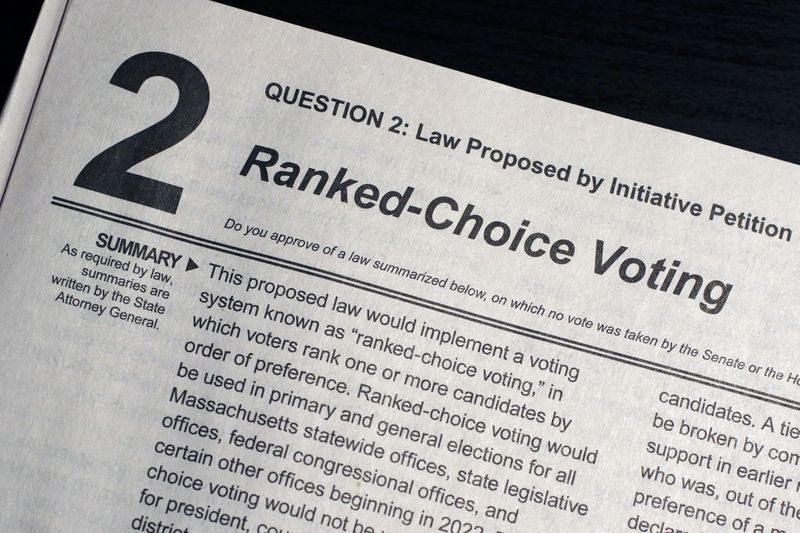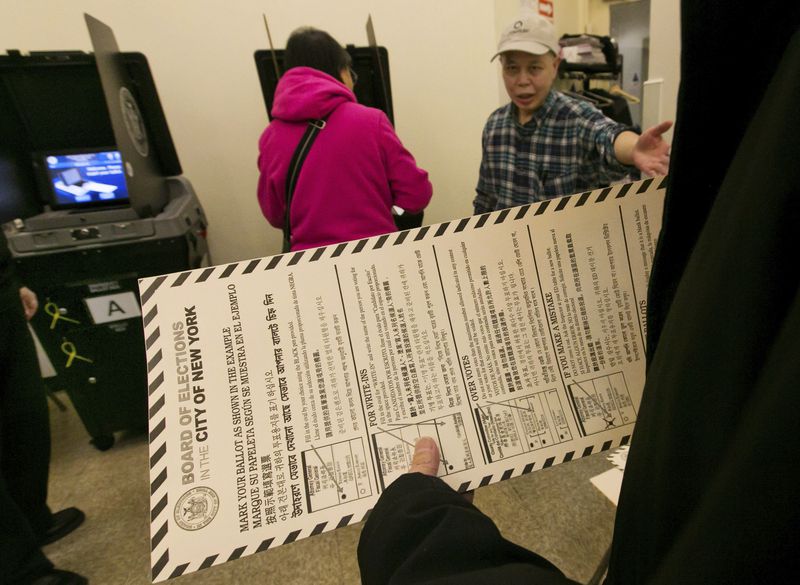As ranked-choice voting comes under fire from some elected officials, dozens of candidates for local offices have come out in favor of the process, in which voters will pick candidates in order of preference instead of choosing just one.
Sixty-three candidates, most of them first-timers, on Tuesday called on the city to stick to its schedule of debuting ranked-choice voting, or RCV, in time for next year’s elections.
“RCV is a pro-voter reform that will lift up communities primarily made up of minority residents, while opening the door to first-time candidates like many of us,” stated candidates including mayoral contender Dianne Morales.
They called for the city to devote $10 million to educate voters about how ranked choice works, up from the $1 million currently allocated to the effort.
Last week, members of the Council’s Black, Latino and Asian Caucus argued the city doesn’t have enough time and resources to inform New Yorkers about the new method — and stands to disenfranchise already disadvantaged communities — even though voters last year overwhelmingly approved ranked-choice voting in an amendment to the City Charter.
They were echoing criticism from Brooklyn Borough President Eric Adams, whom some members of the BLA Caucus had endorsed.


Upper Manhattan City Council candidate Corey Ortega, a former top staffer for the BLA Caucus, put the disagreement in generational terms.
“It’s almost like the houses of Capulets and Montagues with the City Council candidates — old school versus new school,” said Ortega, alluding to the feuding families in “Romeo and Juliet.” “We have the same concern, outreach.
“The difference is, I believe it can be done if properly funded.”
Under ranked-choice voting, if no candidate wins a majority of first-choice votes, a process of elimination ensues. The candidate with the fewest first-choice votes is discarded, and people who voted for him or her get their second choices counted, instead. The process continues until someone gets more than 50% of the ballot.
Categorised in: Politics
